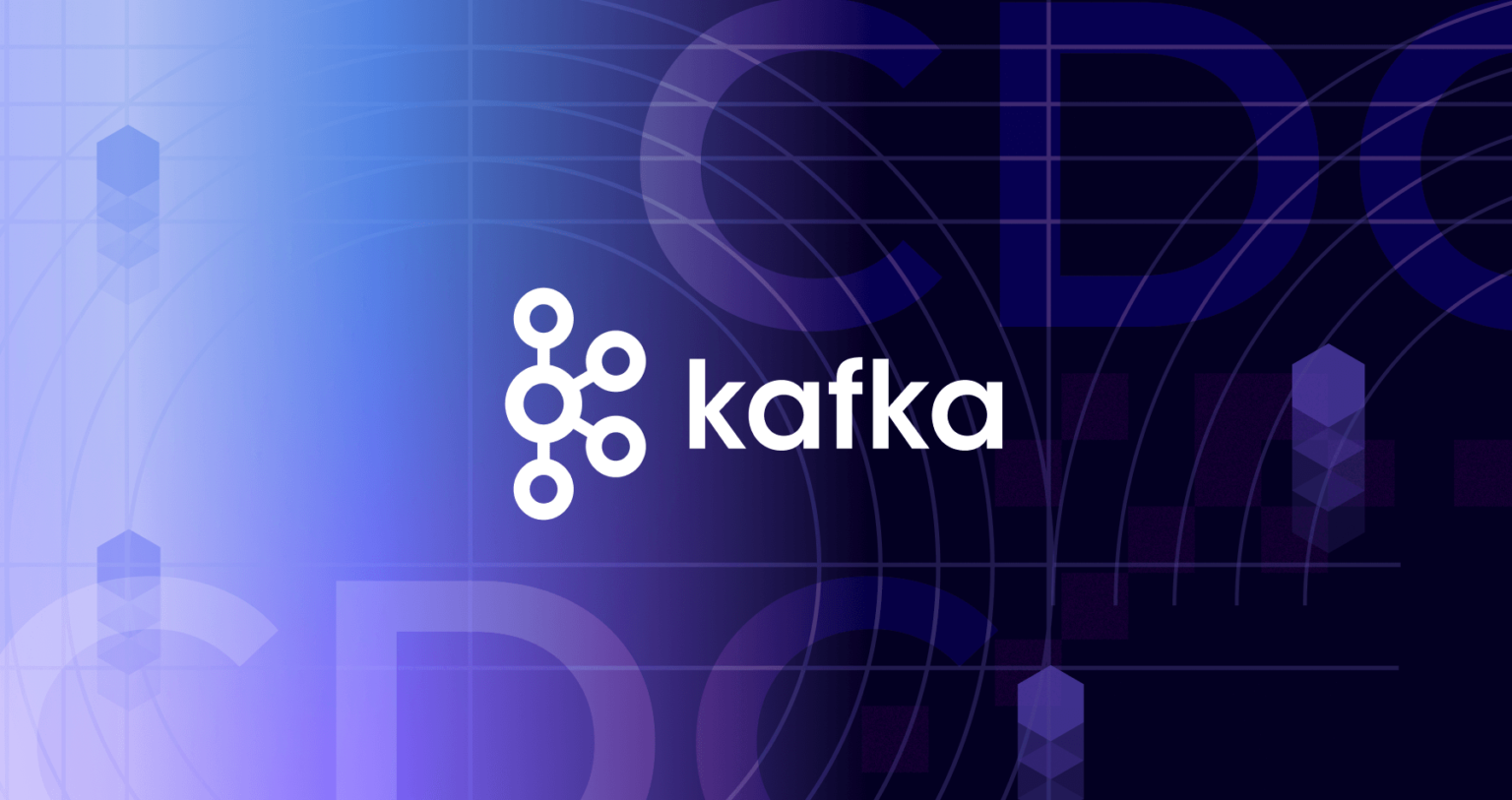Apache Kafka is a popular distributed streaming platform that is widely used for building real-time data pipelines and streaming applications. It is designed to handle high volumes of data and provide fast and reliable data transfer between systems. In this article, we will explore the architecture of Apache Kafka and delve into its key components and functionalities.
What is Apache Kafka Architecture?
Apache Kafka architecture refers to the structural design and organization of the Apache Kafka platform. It encompasses the various components and their interactions that enable Kafka to handle large-scale data streaming efficiently.
Kafka Brokers: The Backbone of Kafka Architecture
At the heart of Apache Kafka architecture are the Kafka brokers. These brokers are responsible for receiving, storing, and forwarding messages. They form a cluster, and each broker in the cluster is assigned a unique ID and handles a portion of the total data load. Kafka brokers ensure high availability and fault tolerance by replicating data across multiple brokers within the cluster.
Topics: The Logical Channels of Data
In Apache Kafka, data is organized and categorized into topics. A topic represents a particular stream of data, such as user events, sensor data, or logs. Topics can be divided into multiple partitions, allowing for parallel processing and scalability. Each partition is ordered and can be replicated across multiple brokers for fault tolerance.
Producers: Sending Data to Kafka
Producers in Apache Kafka are responsible for publishing data to topics. They produce records and send them to Kafka brokers, which, in turn, distribute the records across the available partitions. Producers can be implemented in various programming languages and frameworks and are crucial for ingesting data into Kafka.
Consumers: Retrieving Data from Kafka
On the other end of the data pipeline, consumers in Apache Kafka are responsible for subscribing to topics and consuming data. They read messages from partitions and process them according to the application’s requirements. Consumers can be part of a consumer group, where each consumer in the group handles a subset of the partitions, enabling parallel processing and scalability.
Integrating Apache Kafka with Other Systems
Apache Kafka integrates seamlessly with a wide range of systems and technologies. Its compatibility with connectors allows easy integration with databases, data warehouses, streaming frameworks, and other messaging systems. Kafka Connect, a framework provided by Kafka, simplifies the process of building and managing connectors for data ingestion and egress.
Apache Kafka in a Microservices Architecture
In a microservices architecture, Apache Kafka can be a crucial component for building event-driven communication between services. Kafka acts as a message broker, enabling loose coupling and asynchronous communication among various microservices. It ensures reliable and scalable data transfer between services, facilitating real-time updates and event-based workflows.
Conclusion
Apache Kafka architecture provides a powerful foundation for building robust and scalable data streaming solutions. Its distributed nature, fault tolerance, and scalability make it an excellent choice for real-time data pipelines, event-driven architectures, and microservices communication. By understanding the key components and functionalities of Kafka, developers and architects can leverage its capabilities to build efficient and reliable data streaming applications.

